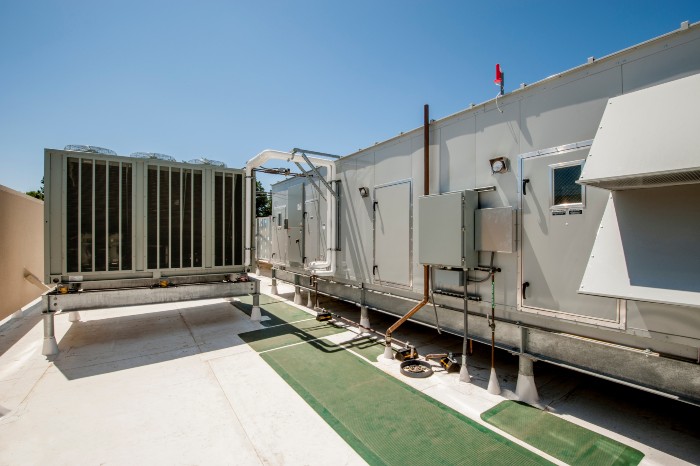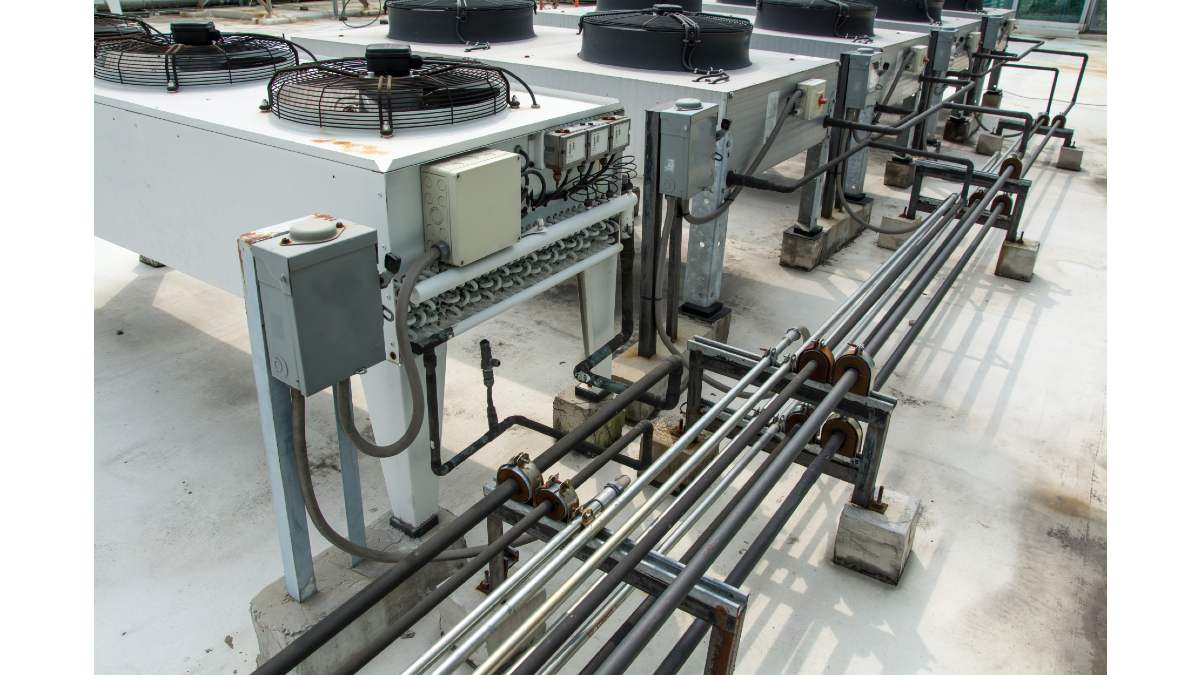Although many don't admit it, most maintenance professionals have nightmares about the harmonics in our facilities.
By Eng. Jimy Danelli*
Faults can be found in refrigeration and air conditioning systems, as well as in various systems, that have no direct explanation for where the burning or damage to a compressor or electric motor occurred.
However, there are conditions that, although the equipment has gone through an exhaustive review of connections, voltage per phase, new electrical connections, wiring and state-of-the-art thermomagnetic switches, we may have surprisingly missed an aspect that is little considered in electrical installations, and despite the fact that I am not an electrical specialist, I have had the curiosity to evaluate situations presented by the presence of harmonics in an electrical network.
Although many don't admit it, most maintenance professionals have nightmares about the harmonics in our facilities. It is something that we are very aware of, but in many cases it is not difficult to solve completely, taking into account that, if your installation is old, the actions to be carried out are usually complex, in addition to the fact that they are not cheap. This is a topic that is often difficult to explain to your client or anyone who has not suffered the consequences before.
If we try to define what harmonics are, we could say that it is a distortion or malformation of the electric current generated by certain electronic equipment because they are not consuming us according to a "normal" sine wave, but that this wave is deflected. How much? Well, it will depend on the equipment we have in the line, if they are motor drives, power supplies, UPSs, power converters, among others.

Source: http://circutor.es/es/formacion/armonicos-electricos
More technically, we could say that when an electric charge is powered by an alternating source, it absorbs current. If the absorbed current is also sinusoidal, the load is linear and can be in phase with the voltage (resistive load), forward (capacitive load) or backward (inductive load).
There are also other types of charge in which the absorbed current may not be sinusoidal, so it will have some distortion content in harmonics. We're talking about non-linear loads. A very common example is rectifiers, in which diodes and thyristors are used to convert alternating current into direct current. These can be found in the power part of variable speed drives.
What we must be clear about is how harmonics can affect our installation, generating untimely trips of switches and residual currents, overheating in conductor insulation, decrease in power factor and deterioration of capacitor banks (due to resonance/amplification).

Needless to say, the same electronic equipment that generates harmonics also suffers its consequences, so don't be surprised if a drive dies suddenly one day for no apparent reason. Another very important point is the communication of data. It may happen to you that a fault that you consider closed when you replace a network cable, which a priori you have seen something doubtful, may surprise you again in a short time because what is really behind it are harmonics.
Suggestions in the presence of harmonics
There are many solutions on the market, however, some possible "general" solutions are listed below.
• Oversizing of conductors. Use of a neutral for each phase.
• Use of star-triangle isolation transformers, with zig-zag secondary or with double secondary.
Passive filters such as antiharmonic impedances or resonant shunts, made up of passive elements such as inductances and capacitors. Active filters and "clean" converters.
Separation of non-linear elements from "clean" loads in an electrical installation. If we can't do it, at least by distributing the harmonics. Not all disturbing equipment should be connected to the same distribution output. By interrelating linear and non-linear loads, voltage distortion can be reduced.
Use of superimmunized differentials.
Incorporating shock inductances into rectifiers. If we equip the rectifiers with shock filters, the input current will be a semi-square wave. Some imported variable speed drives do not have shock filters as standard, so harmonic production is very high. If we do not install a shock inductance on the DC bus, they must be added on the AC part.
• Adequate ground connections in Distribution Centers and panels.
It is important to mention that energy efficiency has led to the introduction of smarter equipment that has mostly electronic controls and is currently manufactured with sufficient protections and filters that attenuate the harmonics that could pass into the electricity grid. On the other hand, many power generation companies do not supply quality electricity and harmonics may come directly from the power generating company's supply grid.
 * Jimy Danelli is a maintenance consultant in air conditioning and refrigeration. You can write to him at the following e-mail address: [email protected]
* Jimy Danelli is a maintenance consultant in air conditioning and refrigeration. You can write to him at the following e-mail address: [email protected]















